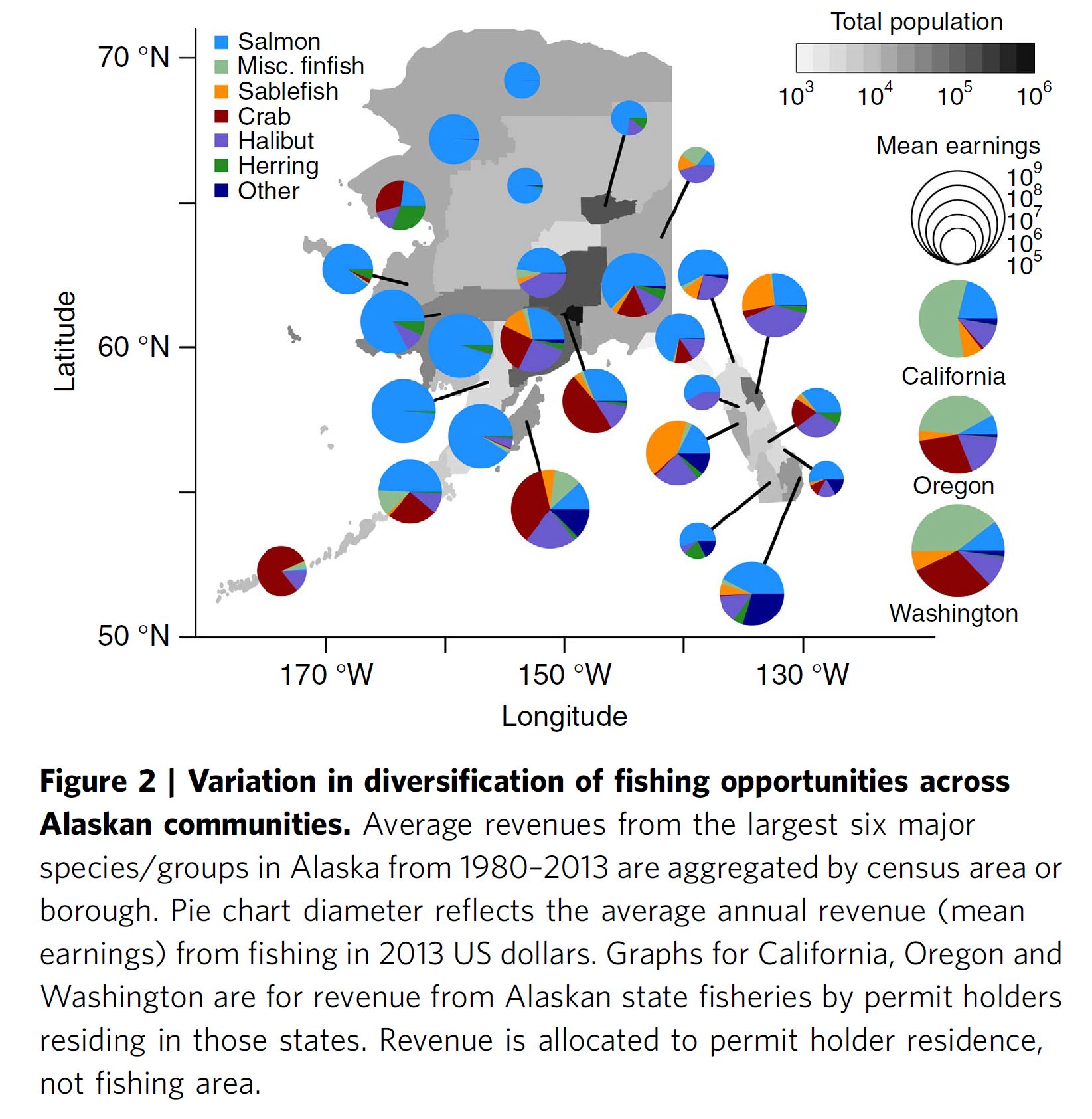The U.S. is weighing changes to the main act that governs U.S. federal fisheries in the planned reauthorization of the Magnuson-Stevens Fishery Conservation and Management Act. Fisheries science was the focus of the fourth meeting by the Senate subcommittee on this action, and SAFS Prof. Ray Hilborn was invited to testify, pointing out that U.S. fisheries are largely successful, with most overfished stocks now rebuilding, and overall fish biomass increasing in the U.S. Key actions enabling this are appropriate funding for NOAA, regional Councils making fisheries decisions, actions that stop the race-for-fish, and requiring managers to follow science advice for allowable catch levels. While overfishing remains a concern for a limited number of stocks, the major threats are now ocean acidification, warming temperatures, degraded habitat, exotic species, runoff from agriculture, and pollution. Hilborn also had a strong message about the proposed Pebble Mine at the heart of the most valuable salmon fisheries in the world in Bristol Bay, saying “The idea that highly toxic chemicals can be stored forever behind earthen dams in an ecosystem that is highly permeable, and subject to volcanic and seismic activity is laughable.” Full testimony of Ray Hilborn and the other three witnesses can be found here on the Senate website.
